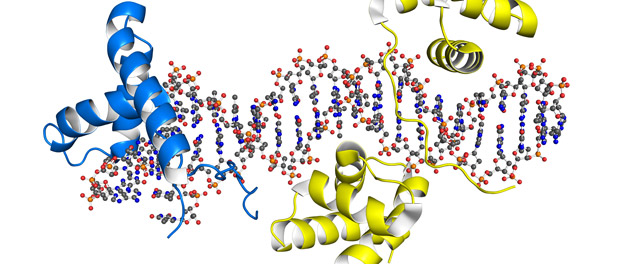
Robust and versatile technologies that enable optical modulation of transcription in the mammalian endogenous genome have been difficult to achieve for a while. To solve this problem, scientists at the Broad Institute of MIT and Harvard developed light-inducible transcriptional effectors (LITEs) — an optogenetic two-hybrid system integrating the TALE DNA-binding domain with a light-sensitive cryptochrome 2 protein and its partner CIB1 from the Arabidopsis thaliana plant.
LITEs can be customized to target many endogenous genomic loci and can be quickly activated with reversibility, while not requiring any additional exogenous chemical co-factors. Furthermore, LITEs can probe specific cell populations by genetic targeting and be packaged into viral vectors. They have applied this system in primary mouse neurons and in the brain of freely behaving mice in vivo, to “mediate reversible modulation of mammalian endogenous gene expression as well as targeted epigenetic chromatin modifications.”
The LITE system is a novel method of optogenetic control of endogenous cellular processes which can enable direct testing of genetic and epigenetic regulation in both normal and disease states.
For more details, see the published article (Nature 500, 472–476, Aug, 2013).

